
A few words about patella
Patella is the oval bone which is located on the frontal part of the knee and covers the knee joint. This means that it can be often overused by some physical activity and that it is the part of the knee that is been used a lot for the everyday activities. That is, both, the forceful acute stress (when doing squats, jumps or running uphill) and constant pressure on it (when just holding the knee bent for a longer period of time) lead to the pain of this bone. The different locations of pain
The pain, however, may come from the nearby softer tissue and not directly from the mentioned bone, and that is the case of the phenomenon which is medically called chrondomalacia. This problem includes the wearing out of the edges of the patella and the damage to the cartilage, so it therefore inevitably leads to the troubles with every knee movement and the pain, consequently.
Nevertheless, the pain may also be located on the membrane which is placed between the patellar bone and femur (called also the thighbone, since it connects the hip to the knee joint). In this case, the pain is provoked by the inflammatory process on this membrane, which thus becomes numb and squeezed tightly between the two bones.
When the pain is the result of the movements and friction of the patella in the channel of the distal femur, it is, actually the sign of the overuse of patella, especially if it doesn’t move properly during the movements for which the most of the force must be provided. That is why, this pain happens mostly in the sportsmen who spend a lot of time lifting the weights with legs (when sitting), for example. Fortunately, by massaging the knee joint properly, this type of pain could be lessened significantly.
There is yet another action that can be the possible source of the pain, and this movement is likely to cause the pain when the patella is moving properly during the exercises of bending and extending of the knee. That is, when the individual starts to slow down the repeats, and when the thigh muscles contract, the muscle from the inner side of the knee cannot hold the pressure and the knee joint goes a little bit to the sides. The consequence can be the pain in the knee and in the hip, as well.
Getting rid of the pain
So, having in mind the complexity of the problem, besides treating the injury itself, the pain should be lessened as soon as possible, since it interferes a lot with the daily activities and since it is, in the most of the cases, chronic. First of all, if it is displaced, the joint must be placed into the previous normal position, and that should be done by extending the leg slowly. This also works as the prevention from the possible knee injuries. However, in the case of the tibia rotated inwards, and thus the greater tension between the thighbone and the kneecap, the exercises of the foot will help.


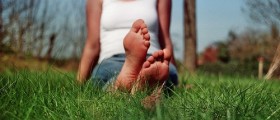
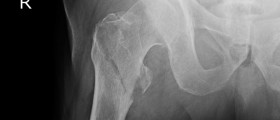

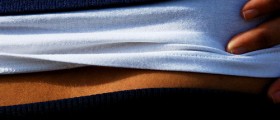
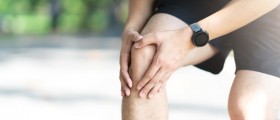
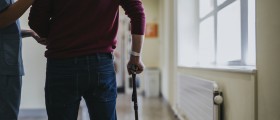
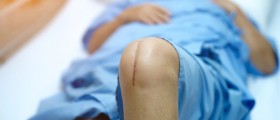
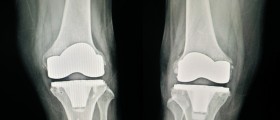
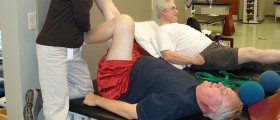
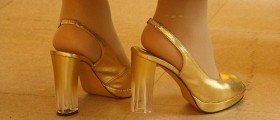
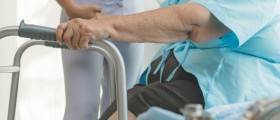
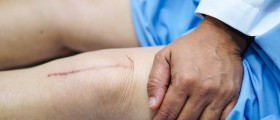



Your thoughts on this
Loading...